Learn more about the Mississippi River and the Great River Road by visiting one of 18 designated interpretive centers along the route.
1. Driftless Area Education & Visitor Center
Towering glaciers passed around this very spot - scraping and scouring all but this land, a breathtaking region known as the Driftless Area. The new education and visitor center in Lansing is nestled beneath limestone bluffs with spectacular river views and interpretive exhibits that tell stories of cultural, recreational, natural and historical interest.
2. Effigy Mounds National Monument
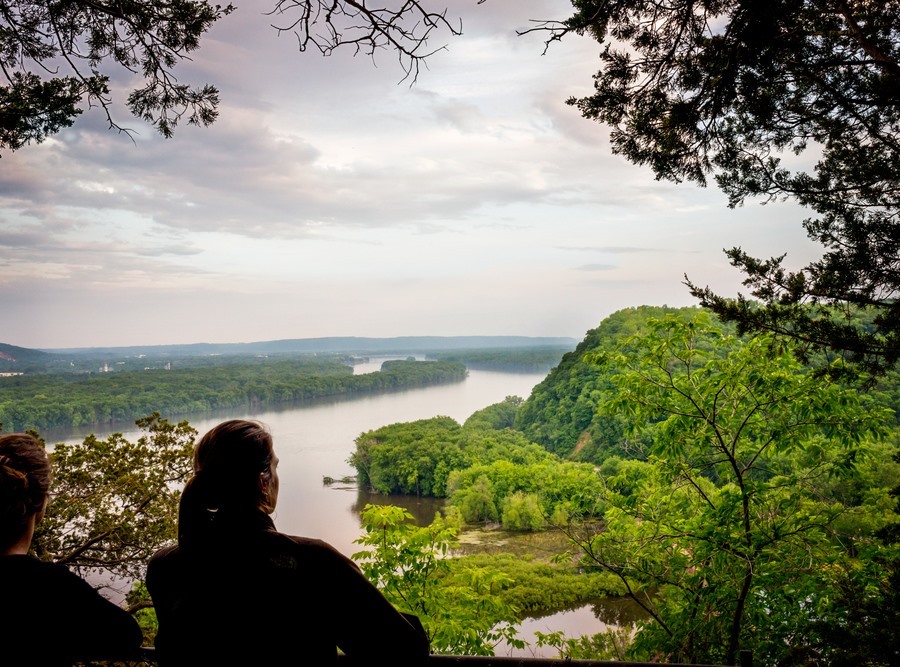
This National Park Service-operated monument preserves more than 200 mounds built by Native Americans and is Iowa's only National Monument. This park near Harpers Ferry features a visitor's center, a variety of hiking trails and spectacular vistas of the Mississippi River.
3. Motor Mill Historic Site
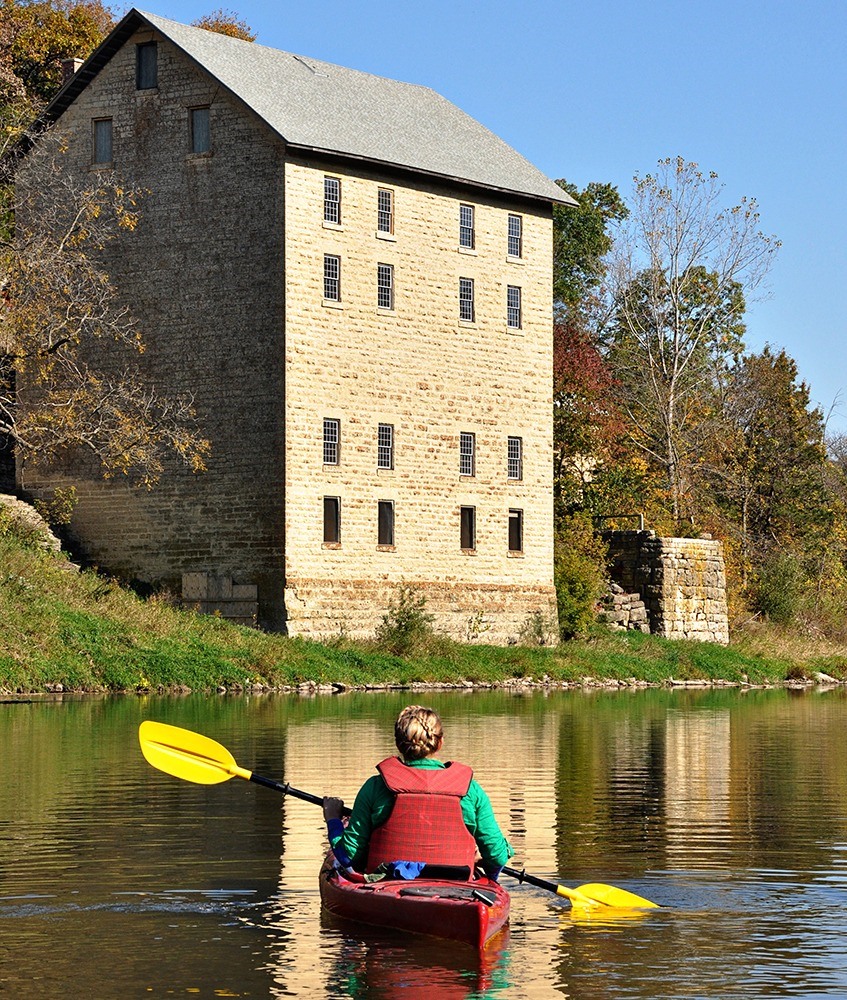
Towering above the Turkey River near Elkader, Motor Mill stands six stories tall. The site includes the impressive limestone mill and four more limestone buildings - a stable, an inn, an icehouse and a cooperage. Tours are available every other weekend in the summer (check the website for a schedule). Visitors can also take advantage of a nearby primitive campground, hiking trails and the Turkey River Water Trail.
4. Iowa DNR Guttenberg Fish Hatchery & Aquarium
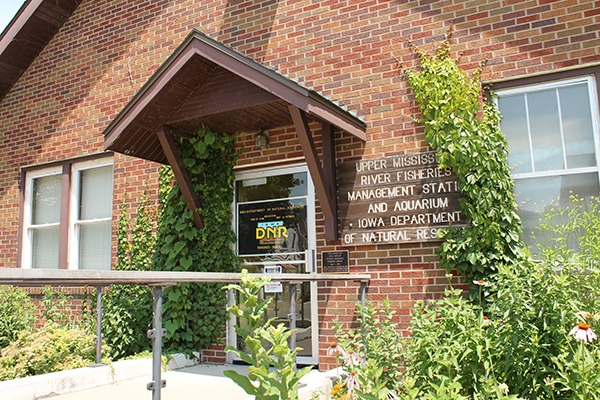
Near Lock and Dam 10 in Guttenberg, visitors can view a wide variety of fish and aquatic wildlife. The aquarium is on the National Register of Historic Places.
5. National Mississippi River Museum & Aquarium
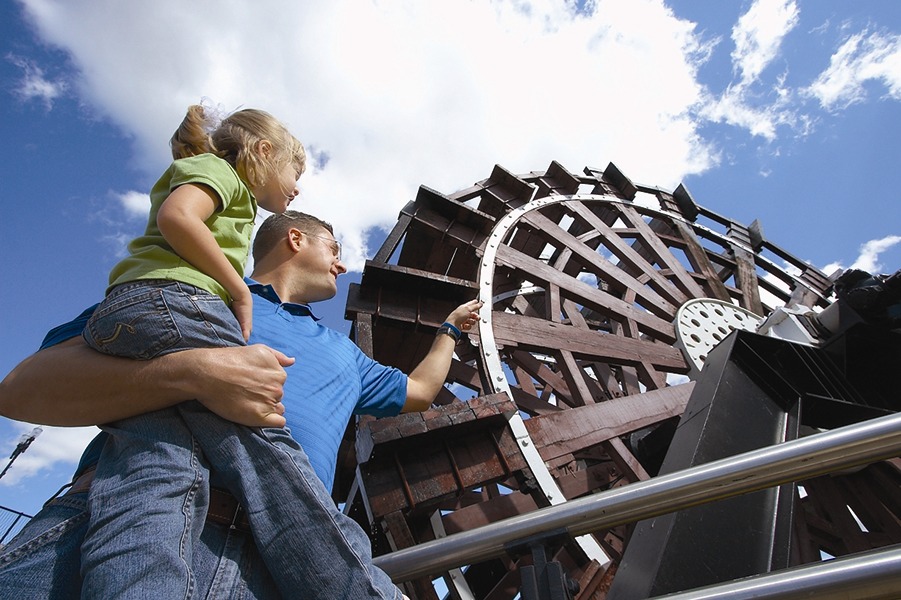
The museum in Dubuque is home to large freshwater aquariums, live animal exhibits, hands-on historical exhibits, a working boatyard, wetland, National Rivers Hall of Fame and the new stingray touch tank delights everyone from toddlers to grandparents.
6. Mines of Spain Recreation Area & E.B. Lyons Interpretive Center
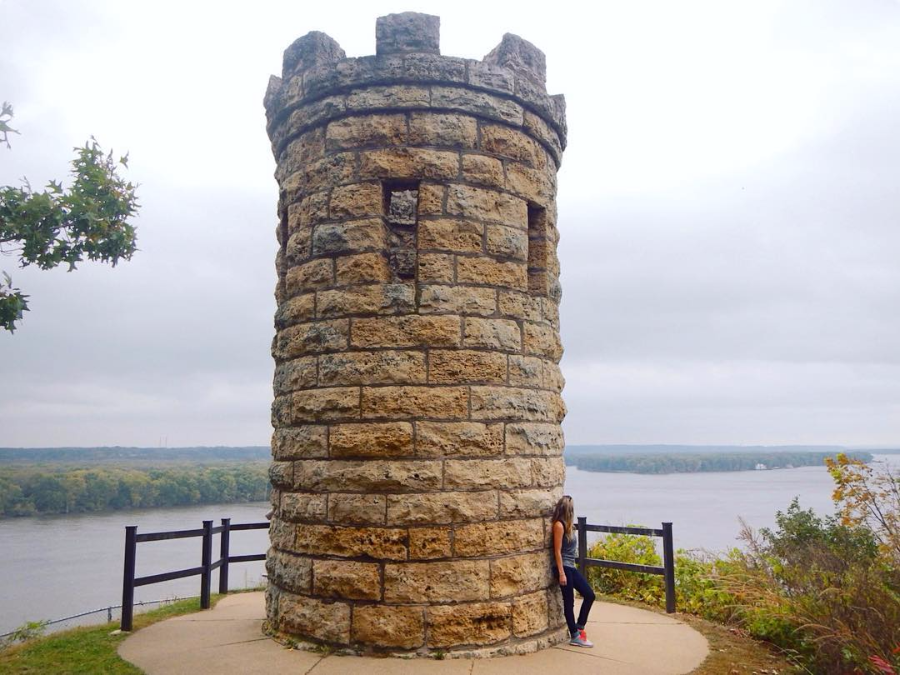
The Meskwaki Indians were some of the earliest inhabitants of this 1,300+ acre park south of Dubuque. French-Canadian fur trader Julien Dubuque mined and traded lead here from 1788 to 1810. Features a visitor center, walking trails and scenic vistas of the Mississippi River.
7. Hurstville Interpretive Center
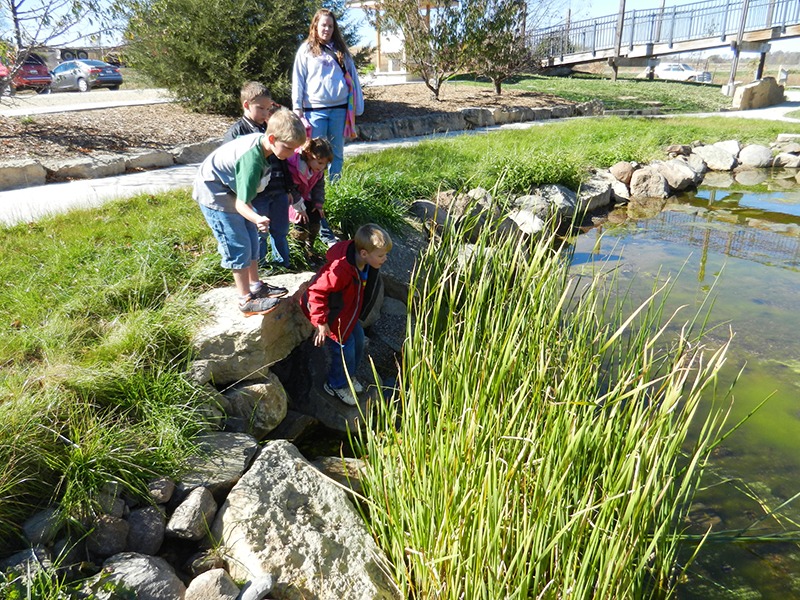
The Hurstville Interpretive Center in Maquoketa is located on an 18-acre wetland and is designed for multiple uses, with an emphasis on environmental education and natural resource protection. The center features numerous interactive exhibits focused on the natural environment and history of the area.
8. The Sawmill Museum
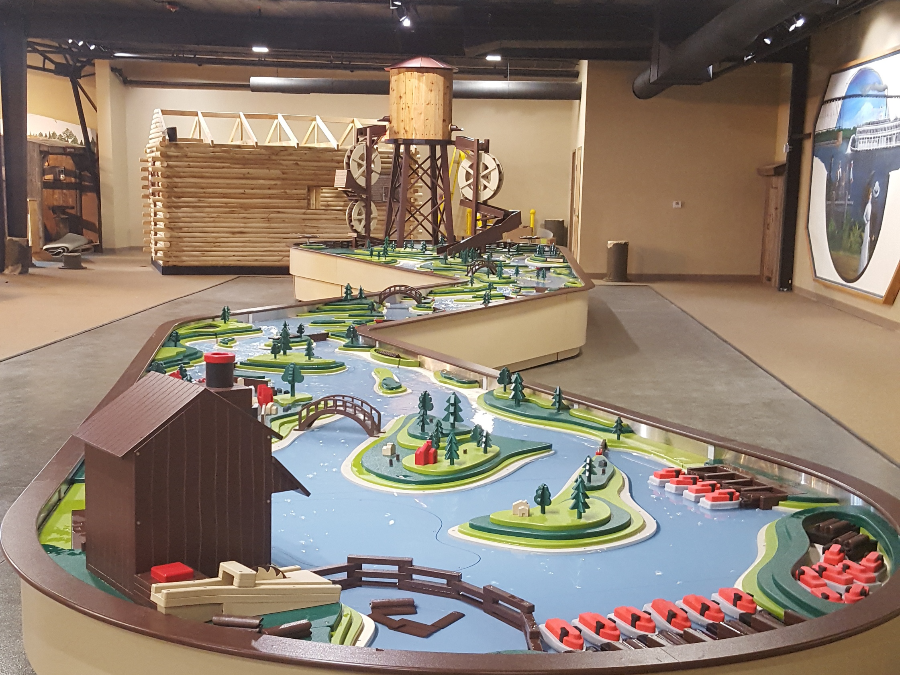
Experience the American lumber saga when Clinton was lumber king. The museum features an interactive children's area, exhibits on Clinton's lumber, river and transportation history, a working sawmill, weekly programming and riverfront property with access to picnic areas and bike trails.
9. Mississippi River Eco Tourism Center
Located in Rock Creek Marina & Campground in Camanche, the eco tourism center features educational displays and an 8,000 gallon aquarium with Mississippi River fish. The park provides river access, boat ramps, campsites, cabins, picnicking, fishing, a marina and naturalist-guided Blue Heron Eco-Cruises.
10. Buffalo Bill Museum & River Pilots Pier
The Buffalo Bill Museum in Le Claire collects, preserves, interprets and exhibits artifacts depicting the heritage of the region, particularly life along the Mississippi River and its early pioneers, including Buffalo Bill (William F. Cody).
11. Putnam Museum of History & Natural Science
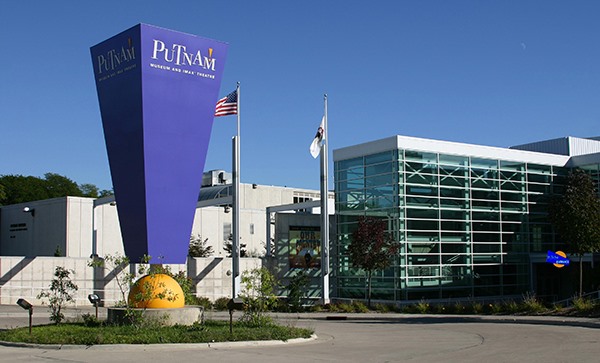
Enjoy the Black Earth/Big River nature experience, the award-winning River, Prairie & People History Hall, treasures of the Asian/Egyptian Gallery, unique shopping and an IMAX theater - all at the Putnam Museum in Davenport.
12. Nahant Marsh Education Center
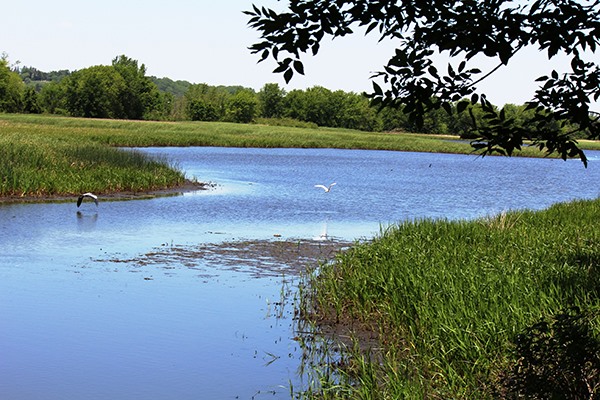
This 513-acre urban wetland near Davenport, formerly a superfund cleanup site, is now home to wildlife and restored prairie. Hiking trails and boardwalks with interpretive signage are open to the public year-round.
13. Pine Creek Grist Mill
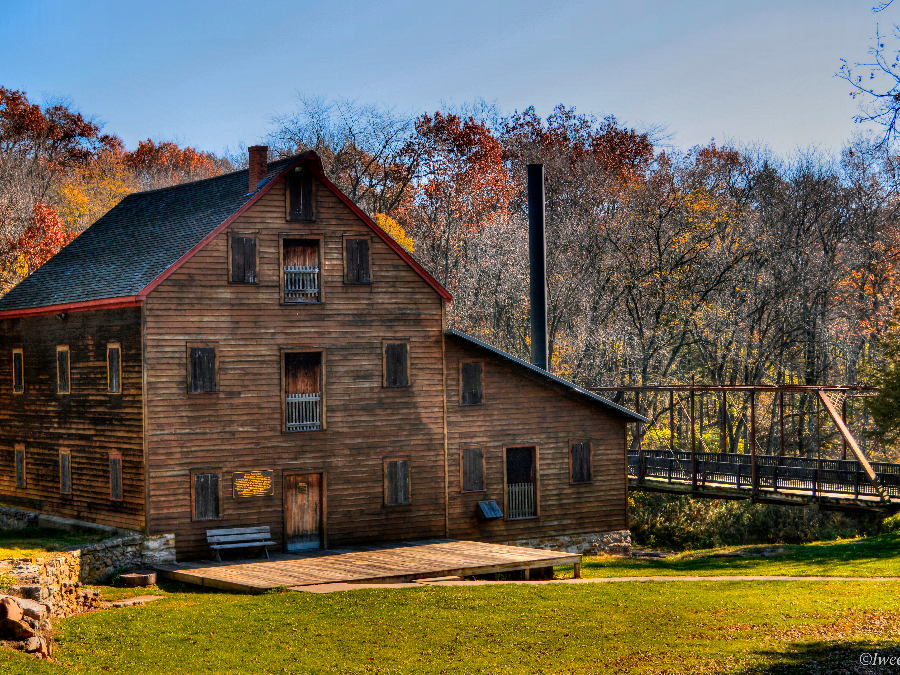
Pine Creek Grist Mill was built in 1848 by Muscatine county's first settler and was closed in the 1920s. It has been restored to demonstration condition and is believed to be the oldest working grist mill between the Mississippi River and the Rocky Mountains.
14. National Pearl Button Museum at the History & Industry Center
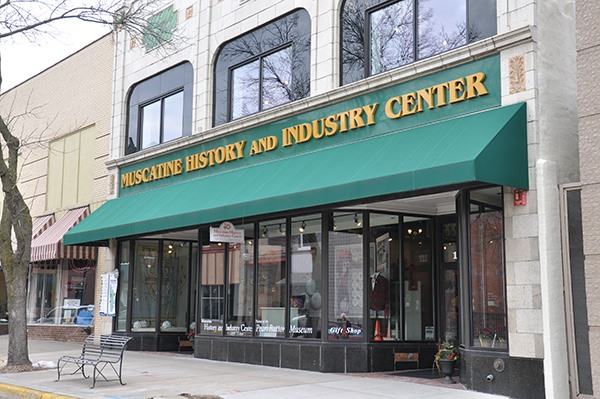
Once known as the "Pearl Button Capital of the World," Muscatine mass produced buttons from freshwater mussel shells. Explore the interactive exhibit of artifacts from the pearl button industry, purchase unique button gifts and view the innovations of modern "Made in Muscatine" industries.
15. Burlington Heritage Center Museum
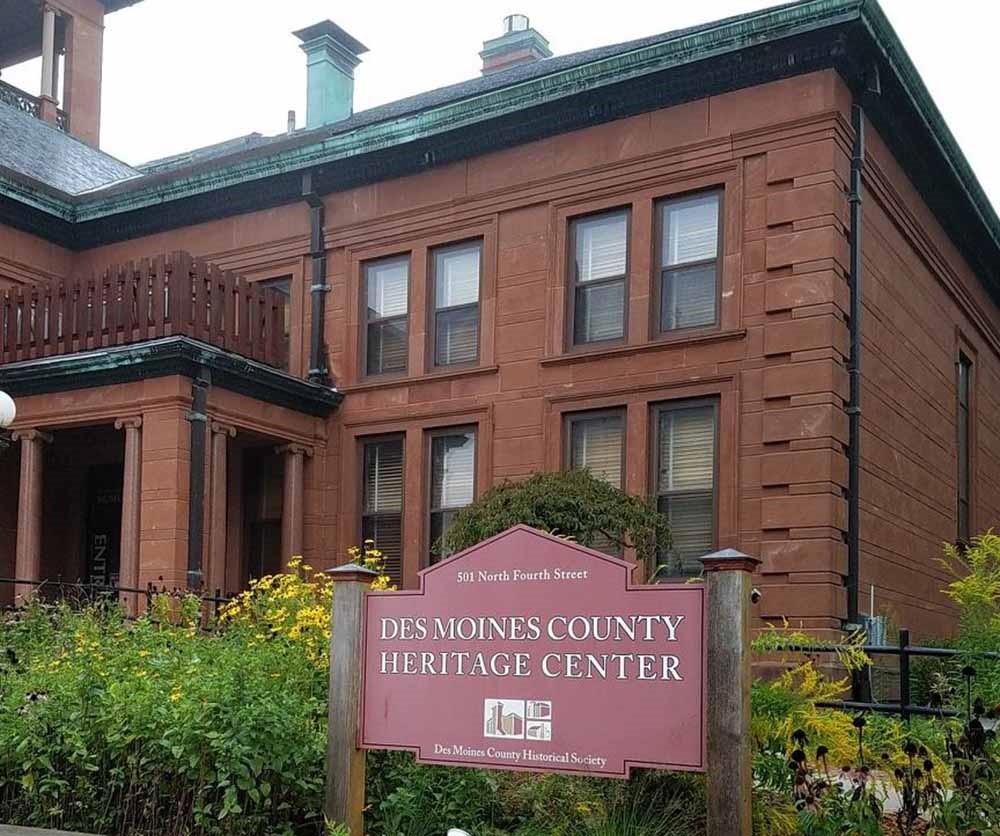
The Heritage Center Museum opened in Burlington in 1898 as the city's public library. One hundred years later, the Des Moines County Historical Society renovated the building, preserving the detailed woodwork, elegant open spaces and many other architectural features showcasing local history.
16. Toolesboro Indian Mounds & Museum
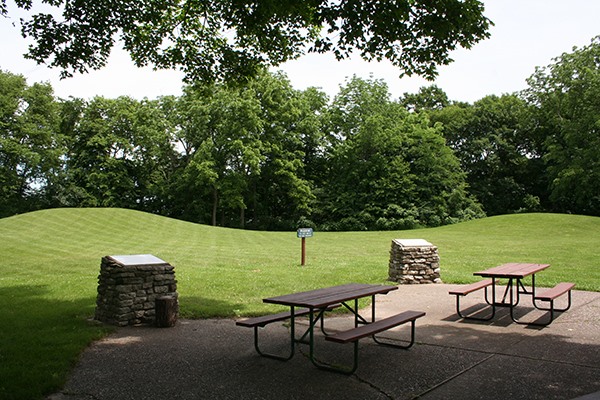
The Hopewellian mounds at Toolesboro near Wapello are among the best preserved and accessible remnants of an ancient culture that flourished from 200 B.C. to 400 A.D.
17. Old Fort Madison
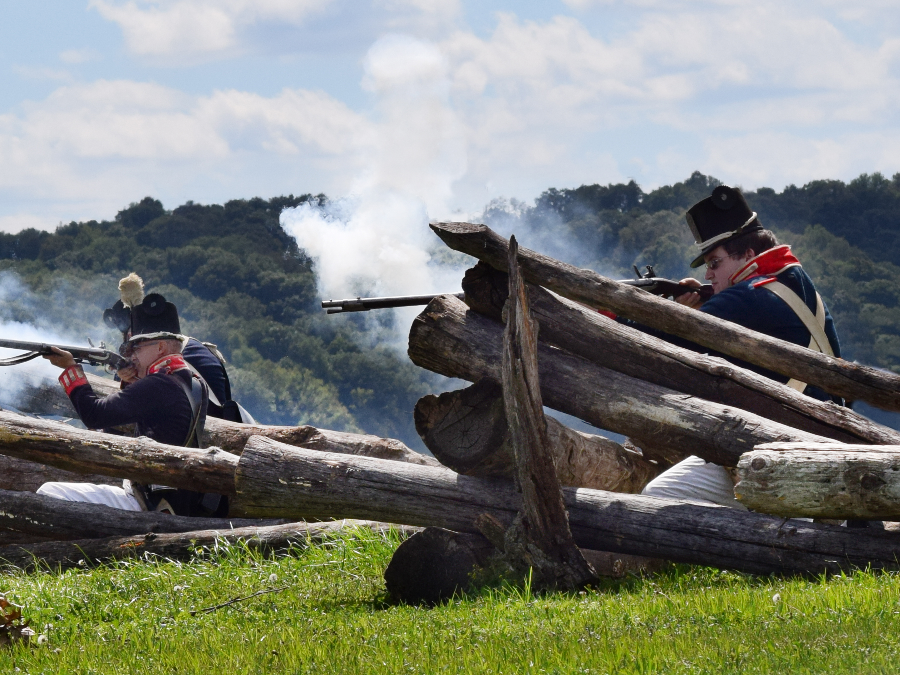
Old Fort Madison is an accurate reconstruction of the first military garrison on the Upper Mississippi and became home to the 1st U.S. Infantry from 1808-1813. The site located in the city of Fort Madison features tours with period-dressed interpreters.
18. George M. Verity Riverboat Museum
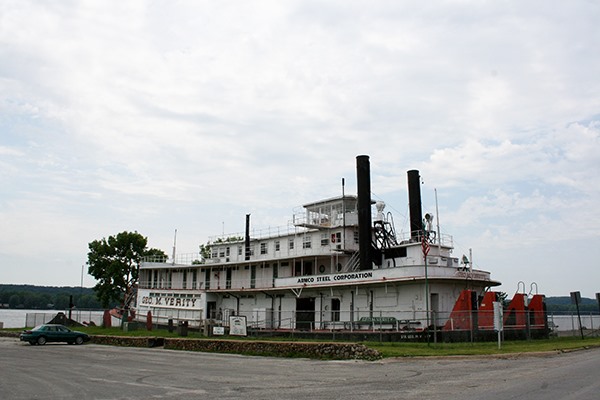
The Verity, now located in Keokuk, was the first of four steamships built in 1927 for the revival of cargo transportation on the Mississippi. Tour the engine room, sleeping quarters and galley.

Mississippi River Parkway Commission
